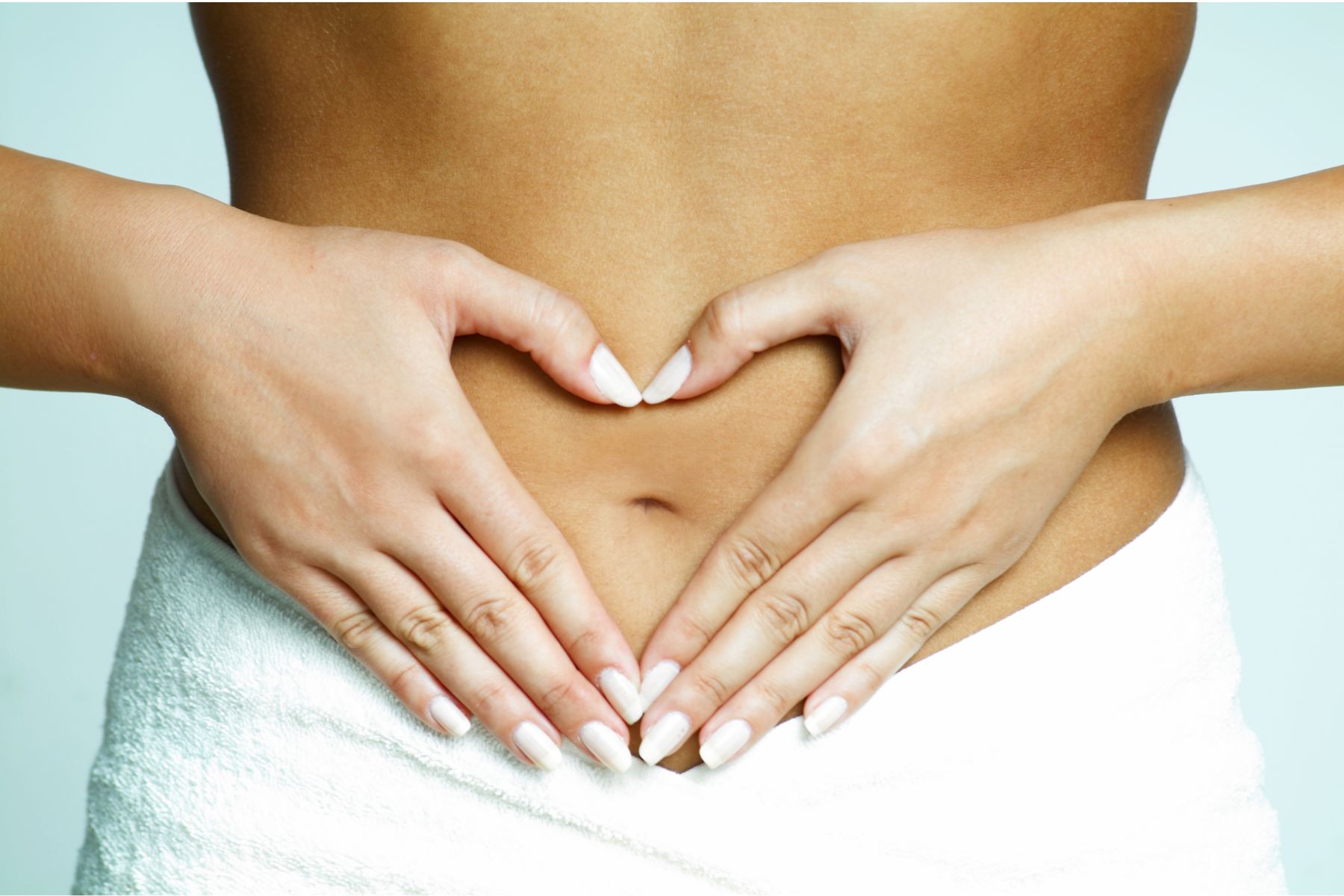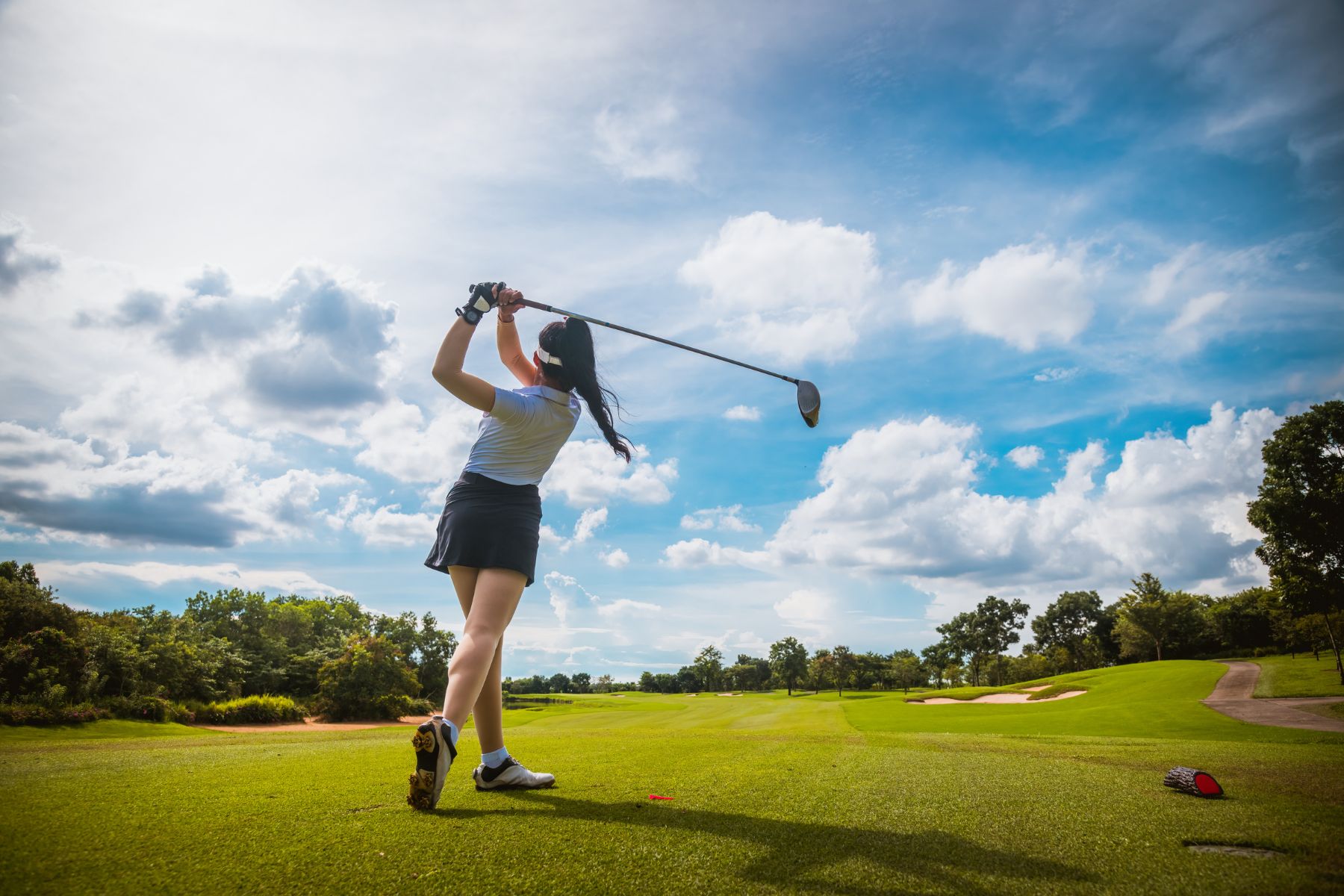What Briana Loves About Teaching at Mantra South Tampa
Behind every great fitness class is an instructor with a passion for teaching. Today, we’re thrilled to share insights from Briana Mumford, one of our dedicated instructors at Mantra South Tampa. Discover what drives her love for teaching the Mantra workout and how it impacts her clients.
- What do you love most about teaching at Mantra?
“What I love most about training is seeing the impact this workout has in my clients lives and seeing them become stronger gradually over time. Strength breeds confidence, and that confidence seeps into every aspect of life. I offer small challenges throughout class – Maybe in your first class you couldn’t hold a plank and now you can hold a plank AND do a plank-to-pike for 1 minute straight! The strength and confidence to take that challenge will have a ripple effect and encourage you to take that challenge somewhere outside of the studio.”
- What originally brought you to Mantra?
“I’ve been weightlifting and doing resistance training for 11 years; that was my first love and primary workout. However, after a knee injury I needed to find a workout that had little to no impact on my joints and that would help strengthen my knee. Mantra offered a low impact workout that was both physically and mentally challenging.”
- What do you feel builds a strong sense of community?“Community is built over time and through authenticity – I’ve had the opportunity to gradually learn and understand each of my clients on a deeper level. I know their bodies, their injuries, their mental states, how work is impacting them; sometimes I know pregnancies before they’re formally announced to family and friends. I care for my clients on a deeper level and listen to them and they in return trust me.”
- What impact does a client’s progress and transformation have on you?“Watching my client’s progression and transformation is one of the most important and joyful things for me. I can provide one very specific example – My mother. My mother’s journey started with Mantra about 1 year ago, and she now consistently goes 2-3 days a week! Her form, her ability to hold her moves, and watching her push herself to take challenges has been a huge joy for me! I love that I have the opportunity to watch her progress. For all of us, it is extremely hard to watch our parents grow older – it is arguably one of the hardest things in life. To see my mother age with grace, but also strength, is the epitome of why I love tracking each of my client’s progression.”
- In what ways do you think Mantra trainers bring creativity into classes?“At Mantra, each instructor uniquely prepares their routine for their classes. Each class I prepare is different; it targets different muscles, we are on different planes of motion and we incorporate moves that blend together seamlessly to keep muscles engaged.”
- How does Mantra influence the concept of connection to the studio and community?“Connection is best when it is authentic and that is what I feel Mantra brings to the table; the ability to authentically connect with individuals both in the studio and outside the studio. As instructors, we impact people’s lives, but they have just as much impact on our own. My life is more fruitful now genuinely because of the friendships I’ve made with fellow trainers and clients. We plan happy hours, dinners, pottery painting classes – the list goes on. To get to know people on a personal level outside of the studio only adds to our connection in the studio when teaching and helps create the authenticity you see at the studio.”
- What do you feel is important to know about what you bring to Mantra?“I value deepening my knowledge of the body and the Mantra method. I do this through collaborating with other instructors at Mantra and seeking additional fitness certifications outside of Mantra. My clients invest in their practice at Mantra and equally invest in them to ensure they’re getting the best workout possible.”










